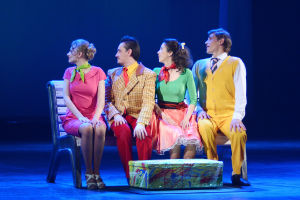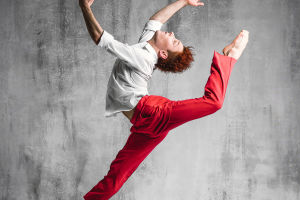Have you ever stopped in your tracks to watch a violinist play a haunting melody on a busy street corner? Or been drawn into a spontaneous dance circle in a public square?
These moments are more than just entertainment—they are living expressions of culture, identity, and human connection.
Street improvisational performance is a powerful, democratic form of art that breaks down walls and brings creativity directly to the people.
The Essence of Street Performance
Street performance, or "busking," refers to any artistic expression delivered in public spaces without a formal stage or invitation. It includes music, dance, theater, puppetry, circus acts, and spoken word, often performed in open-air environments such as parks, sidewalks, plazas, and subway stations.
What distinguishes street improvisation is its spontaneity and responsiveness. Unlike staged productions, these performances often interact directly with the audience, adapting to the mood, setting, and even weather. This live, real-time feedback creates an experience that is vibrant, unpredictable, and deeply human.
Art for Everyone, Everywhere
One of the most significant cultural values of street performance lies in its accessibility. You don't need to buy a ticket, dress formally, or speak a particular language to enjoy it. Street artists offer their craft freely, making art available to everyone—students, tourists, workers, and passersby alike.
This democratization of performance breaks down barriers between artist and audience. The public becomes an active participant in the creative process, whether through applause, dance, or even conversation. In this sense, the street becomes both a stage and a classroom—inviting people to learn, reflect, and engage.
A Mirror of Local Identity
Street performances often reflect the unique culture of the city or community they inhabit. In Buenos Aires, you might hear a passionate tango played on a bandoneón. In New Orleans, brass bands turn sidewalks into dance floors. In Tokyo, you may see silent performance art inspired by traditional Japanese aesthetics.
These artistic expressions preserve and promote cultural heritage in ways that are intimate and immediate. They also foster pride and identity, especially in regions where official support for the arts may be limited.
Improvisation as Cultural Commentary
Beyond entertainment, street performers frequently use improvisation to comment on social or cultural themes. Because they operate outside traditional venues, they often enjoy greater freedom to explore unconventional topics or challenge norms.
For example, spoken word artists might address themes of justice, inequality, or environmental issues directly to crowds on the street. Dance crews may use movement to express resistance or unity. These performances give voice to ideas that might otherwise be marginalized.
Community Building Through Spontaneity
One of the most powerful aspects of street performance is its ability to bring people together. A single performer can transform an ordinary space into a gathering spot. Strangers pause, smile, and share a moment of wonder or laughter. These spontaneous gatherings nurture a sense of community and shared experience.
Street festivals that encourage busking—such as the Edinburgh Fringe or World Music Day—turn entire cities into open-air theaters, breaking the routine of daily life and reminding people of their shared humanity.
Economic and Creative Ecosystems
Though street performances are often unpaid, they contribute significantly to the local cultural economy. Many full-time street artists rely on tips and merchandise sales to sustain their craft. Others use the street as a platform to launch professional careers—many well-known musicians and actors began by performing in public spaces.
Moreover, street performances can draw tourism and foot traffic to neighborhoods, supporting local businesses and enriching the area's reputation as a cultural hotspot.
Challenges and Regulation
Despite its many benefits, street performance faces practical challenges. City regulations, permit requirements, noise restrictions, and police enforcement can limit where and when artists can perform.
While some of these rules are necessary for public order, excessive regulation can suppress the very spontaneity and diversity that makes street art so valuable.
A balanced approach—such as designated performance zones or timed permits—can help cities embrace their performers while maintaining harmony with residents and businesses.
Technology and the Digital Street
In the digital age, many street performers are extending their reach through social media platforms. A spontaneous act recorded on a smartphone can go viral, bringing attention to artists from across the globe. This fusion of the physical and digital world allows street culture to thrive in new forms.
Yet, the essence of street performance remains in its physicality—the presence, the movement, the reaction of live crowds. A phone screen can't replicate the feeling of standing in a circle with strangers, drawn together by rhythm or melody.
Conclusion: More Than Just a Show
Street improvisation is more than spontaneous entertainment—it's a cultural ritual that gives voice to communities, preserves traditions, and transforms public spaces into places of imagination and connection.
It reminds us that art does not belong only in theaters or museums, but lives in the streets, in the hands of those bold enough to share their talent with the world.
Next time you pass a street performer, stop for a moment. Listen. Watch. Maybe even dance. You might find that the most unexpected performances leave the deepest impression.
What was the most memorable street performance you've ever witnessed? Share your story—you never know who might be inspired next.


